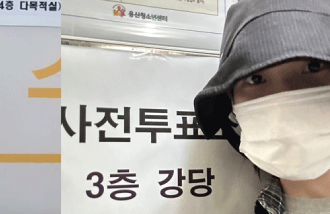[Opinion] Starbucks Korea
In the end, its the idea. Though there are various factors that determine the success and failure of a business; the most important is the ability to think differently from everyone else. A good example is Starbucks Korea, which has increased its revenue from 600 million won to 55 billion won in just five years since its entry into South Korea. Though, in part, the success was possible because of the brand name Starbucks, it is mostly due to its creative management tailored to Koreas needs. The legend of Starbucks Companys success is already serving as a case study at many prestigious business schools around the world, but the story of Starbucks Korea is no less interesting.
In 1999, when Starbucks Korea first opened, the culture of take-out itself was a novelty. It was hard to imagine being able to carry around cups of coffee and drinking from them. Coffee was assumed to be a drink one consumed while sitting down. The decision to open the first store in front of a prestigious womens university, where many young people hung out, worked out well. Starbucks Korea had accurately picked a place where changes first took place. Soon after, it was not difficult to spot students sipping from their cups while walking.
It did not stop there. Connecting with the traditional coffee shop culture was estimated to be an even bigger success. Sales would naturally go up if there was a space to drink coffee and meet friends. Stores became large-sized. One to three floors, sometimes the whole five floors of a building, were transformed into coffee shops. It was the first attempt of its kind among all Starbucks stores around the world. Even in the U.S., since only 10 percent of the customers drink in the stores whereas 90 percent take their coffees out, stores are 20 to 30 pyong in size on average. Super-size stores of 200 pyong was a risk, but one that paid off greatly.
Though brand recognition was growing, it was still difficult to find appropriate stores because of high rent prices. After struggling with the problem, a decision was made to target only the first floors of well-known buildings. Building owners were persuaded to provide the first floor to Starbucks for low rents. Starbucks Korea now has 100 stores. A notable fact is that of the 100 store managers, 73 are in their 20s. Starbucks Korea says it is because they need someone who can understand the tastes of their young customers. All managers have barista certificates.
Lee Jae-ho, Editorial Writer, leejaeho@donga.com



![“국힘 41% 득표가 졌잘싸? 되레 독 될수도”[정치를 부탁해]](https://dimg.donga.com/c/138/175/90/1/wps/NEWS/IMAGE/2025/06/04/131745994.1.jpg)



